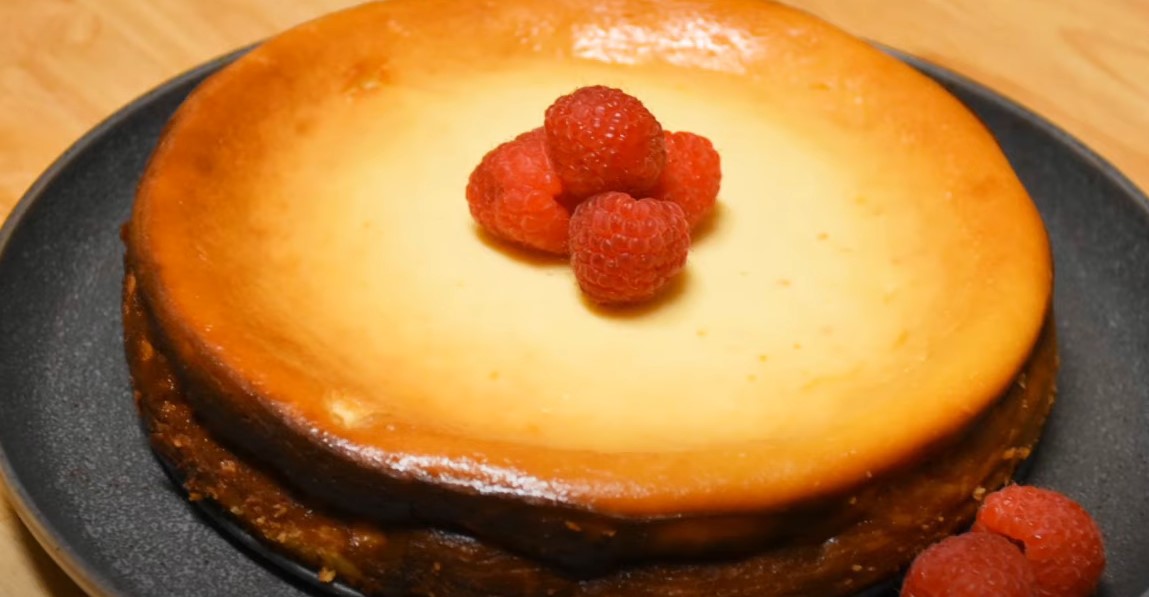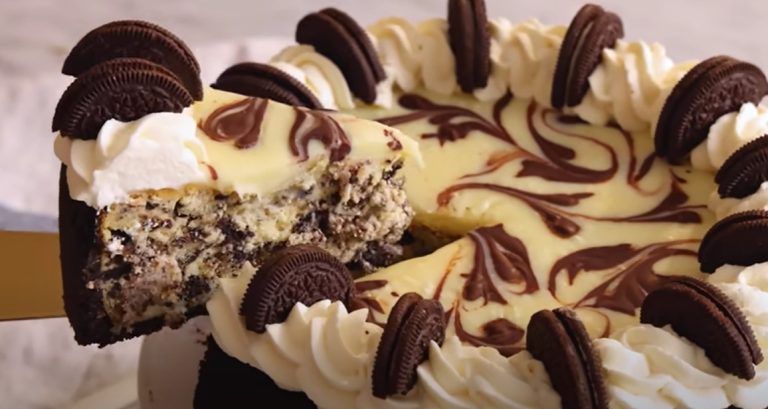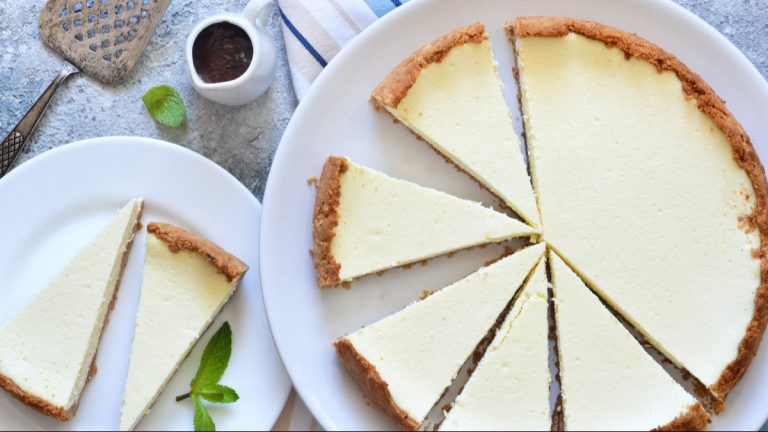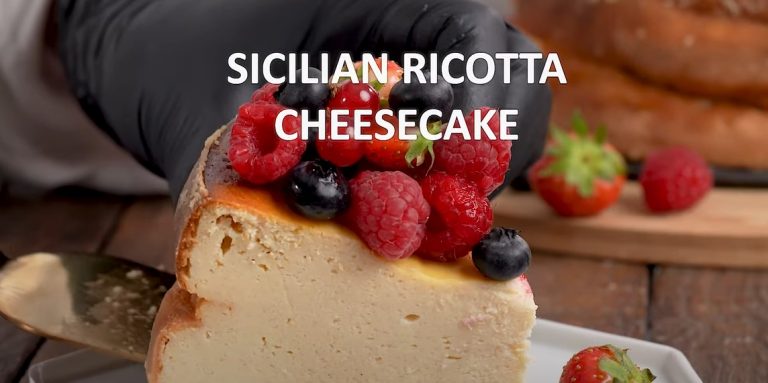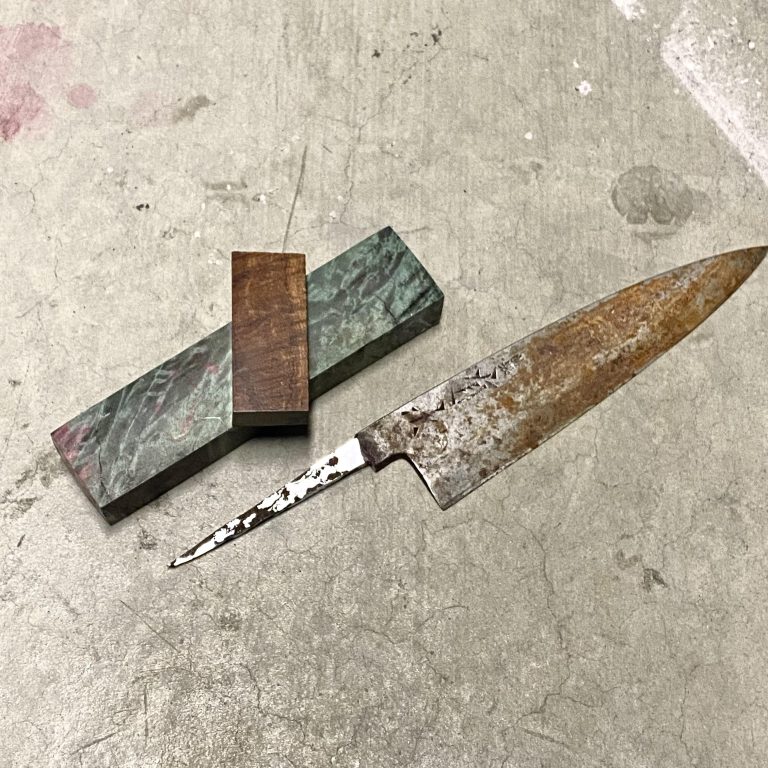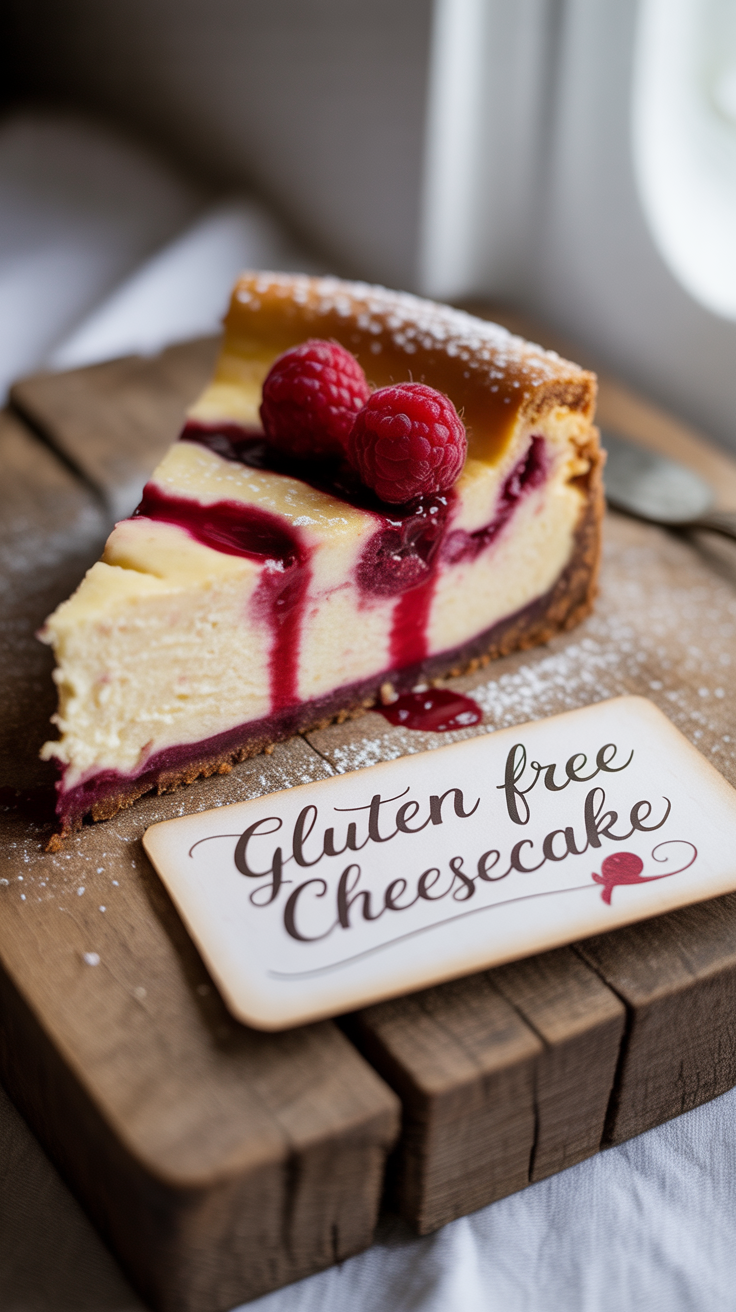Is Cheesecake Italian? Unveiling the Delicious Truth
Is cheesecake Italian? Cheesecake is not originally Italian; its earliest roots trace back to ancient Greece. However, Italy has its own version called ricotta cheesecake, made with ricotta cheese instead of cream cheese. While Italian cheesecake is popular, the classic cheesecake known today is more closely associated with American and European traditions.
But is it Italian? This question might have crossed your mind, especially when you notice cheesecakes on Italian restaurant menus or hear people refer to it as a classic Italian dessert. The answer isn’t as straightforward as you might think.
You’ll uncover the fascinating history and cultural influences behind cheesecake. You’ll discover how this delightful dessert has evolved through the centuries and why it might be associated with Italian cuisine. By the end, you’ll have a deeper appreciation for cheesecake and its global journey. Keep reading to satisfy your curiosity and perhaps impress your friends with newfound culinary insights.

Credit: www.sipandfeast.com
Is Cheesecake Italian?
Origin Of Cheesecake
Cheesecake is a beloved dessert. Its creamy texture and sweet taste make it popular worldwide. Many wonder about its origins. Is cheesecake truly Italian? Let’s explore its history to find out.
The story of cheesecake begins in ancient Greece. Greeks used simple ingredients like cheese, honey, and flour. This early version was different from today’s cheesecake.
Roman Influence
Romans adopted the Greek recipe. They added eggs to the mix. This made the cake richer and smoother. Roman soldiers enjoyed cheesecake as a treat.
Medieval Europe
During the Middle Ages, cheesecake spread across Europe. Each region added its own twist. Italians introduced ricotta cheese, giving it a unique flavor.
Modern Cheesecake
The modern cheesecake evolved in America. Cream cheese became the main ingredient. This change gave cheesecake its famous creamy texture. American cheesecake is now the most popular version.
Cultural Influence
Cheesecake has roots in many cultures. Italians, Greeks, and Americans all contributed. Each region left a mark on this delicious dessert.
Cheesecake is not exclusively Italian. It has a rich, multi-cultural history. Understanding its origins enhances appreciation for this delightful treat.
Italian Influence On Cheesecake
Cheesecake has deep roots in Italy, where ricotta cheese adds a unique texture. While not originally Italian, its creamy variations, like the famous Italian ricotta cheesecake, showcase Italy’s culinary flair. Italian ingredients and techniques have shaped its delightful evolution.
Italian Influence on Cheesecake
Cheesecake’s creamy texture and indulgent flavors might lead you to think it’s purely an American delight. However, Italy has a rich history of influencing this beloved dessert. The Italian influence adds depth and character, making cheesecake an irresistible treat.
The Ricotta Connection
When you think of Italian ingredients, ricotta cheese might come to mind. Italians have used ricotta in their versions of cheesecake for centuries. This creamy cheese gives Italian cheesecakes a lighter, more delicate texture compared to the dense American style.
The use of ricotta also imparts a subtle sweetness and a unique flavor profile. Have you ever tasted the slight tanginess ricotta adds? It’s an experience that makes you appreciate the Italian touch.
Regional Variations
Italy is known for its diverse culinary regions, each with its own take on traditional dishes. Cheesecake is no exception. In Sicily, you might find a cheesecake enhanced with citrus zest, reflecting the island’s love for fresh flavors.
In Rome, the focus might be on using local nuts and honey. These regional variations show how Italians adapt cheesecake to reflect their local tastes and ingredients. Have you tried a slice from different regions? Each one tells its own story.
The Influence Of Italian Desserts
Italian desserts often emphasize simplicity and quality ingredients. Tiramisu and panna cotta are perfect examples, with their emphasis on texture and flavor. This philosophy has seeped into Italian-style cheesecakes.
The focus is on fresh ingredients and natural flavors. You can taste the difference when ingredients are the star, not just sugar or artificial flavors. Think about it: would you prefer a dessert made with fresh cheese and real fruit?
The Art Of Presentation
Italians are masters at making food look as good as it tastes. Presentation is key in Italian cuisine, and cheesecake is no different. An Italian-style cheesecake might be garnished with fresh fruit or a dusting of powdered sugar.
This attention to detail makes every slice a visual and gastronomic delight. Do you find that a beautifully presented dessert tastes better? It’s an art form that Italians have perfected.
Inspiration For Your Kitchen
Why not bring a bit of Italy into your kitchen? Experiment with ricotta cheese in your next cheesecake. Add a touch of lemon zest or a drizzle of honey for an authentic Italian twist.
You might be surprised at how these simple changes can elevate your cheesecake. Are you ready to try something new? Embrace the Italian influence and discover a world of flavors.
By exploring the Italian influence on cheesecake, you not only broaden your culinary horizon but also bring a piece of Italy into your home.
Variations Across Cultures
Cheesecake often sparks debate about its origins. Though popular in Italy, its roots trace back to ancient Greece. Different cultures have added their unique twists, creating various delightful versions worldwide.
Cheesecake is a beloved dessert that transcends borders, with each culture adding its unique twist. When you taste a slice from different countries, you’re not just enjoying a dessert; you’re savoring a piece of cultural history. The variations across cultures offer a fascinating glimpse into how a simple dish can be transformed by local ingredients and traditions.
Italian Cheesecake
Italian cheesecake, also known as “Torta di Ricotta,” often uses ricotta cheese instead of the cream cheese found in American versions. This gives it a lighter texture and a more subtle flavor. My first encounter with Italian cheesecake was in a quaint café in Rome, where the dessert was infused with lemon zest and topped with fresh berries.
American Cheesecake
In America, cheesecake is typically rich and dense, made with cream cheese, sugar, and eggs. The classic New York-style cheesecake is a prime example, known for its smooth, creamy consistency. You might be surprised to learn that this version often features a graham cracker crust, adding a delightful crunch.
Japanese Cheesecake
Japanese cheesecake, or “cotton cheesecake,” offers a fluffy, souffle-like texture. It’s less sweet and incorporates whipped egg whites to achieve its lightness. Imagine a dessert that melts in your mouth, leaving just a hint of sweetness; that’s the magic of Japanese cheesecake.
German Käsekuchen
In Germany, Käsekuchen is the cheesecake of choice, typically made with quark cheese. It’s baked with a shortcrust pastry base and often flavored with vanilla or lemon. This version is less sweet than its American counterpart, making it a perfect afternoon treat with coffee.
French Cheesecake
French cheesecake, or “Gâteau au Fromage,” often includes Neufchâtel cheese and a hint of almond extract. It’s lighter than the American version and sometimes features a thin layer of fruit glaze on top. Have you ever tried pairing cheesecake with a glass of white wine? It’s an experience worth having with a French cheesecake.
Each cultural twist on cheesecake not only highlights the diversity of culinary traditions but also invites you to explore flavors you might not have considered. Have you tried any of these variations, or perhaps you’ve encountered a unique version on your travels? Share your thoughts and experiences in the comments!

Credit: www.passionandcooking.com
Cheesecake In Modern Cuisine
Cheesecake holds a special place in modern cuisine. Its creamy texture and rich flavor make it a favorite dessert worldwide. But is cheesecake Italian? Let’s explore its role in today’s culinary landscape.
Cheesecake’s Global Appeal
Cheesecake’s popularity spans continents. From New York to Tokyo, it graces menus everywhere. Each region adds unique twists to this beloved dessert.
Innovative Cheesecake Flavors
Chefs experiment with cheesecake flavors. Classic vanilla meets unexpected combinations. Think matcha, bacon, or lavender. These innovations keep cheesecake exciting.
Cheesecake In Fine Dining
Fine dining restaurants embrace cheesecake. They present it as an elegant dessert. Plated with artistic flair, it captivates diners and elevates menus.
Cheesecake In Home Kitchens
Home bakers enjoy creating cheesecake. It’s a satisfying challenge. They experiment with ingredients and techniques, making each cheesecake unique.
Cheesecake And Cultural Fusion
Cheesecake blends with various cultures. Italian ricotta meets American cream cheese. This fusion creates a delightful culinary experience.

Credit: www.femalefoodie.com
Frequently Asked Questions
Is Cheesecake Originally Italian?
No, cheesecake is not originally Italian. It has roots in ancient Greece. Italian cheesecakes are typically ricotta-based.
How Is Italian Cheesecake Different?
Italian cheesecake often uses ricotta cheese instead of cream cheese. It has a lighter texture and less sweetness.
Can You Find Cheesecake In Italy?
Yes, you can find cheesecake in Italy. Italian variations include ricotta and mascarpone-based cheesecakes. Delicious treats.
Conclusion
Cheesecake has a rich, global history. Many cultures claim its origin. Italy plays a role with its ricotta-based version. Yet, it’s not purely Italian. Cheesecake traveled and evolved over time. Different countries added their unique twists. Each version holds its own charm and flavor.
From creamy American styles to Italian ricotta. Each bite tells a story of cultural blending. So, next time you savor cheesecake, think of its diverse roots. Enjoy the delicious journey of flavors. Whether Italian or not, cheesecake delights many. A true testament to culinary fusion.
Related recipes

